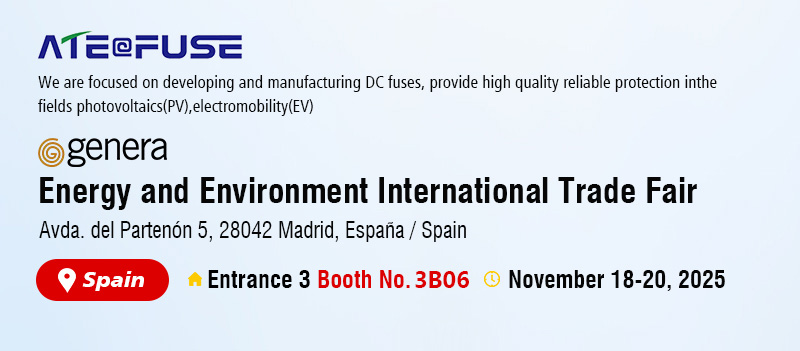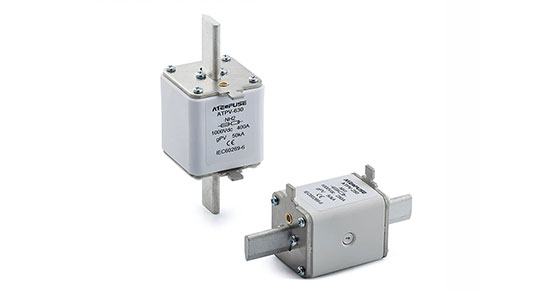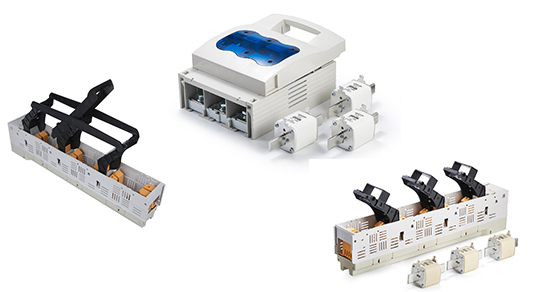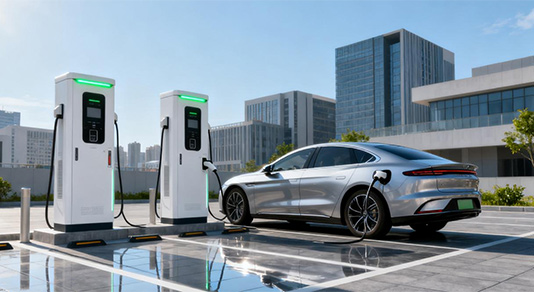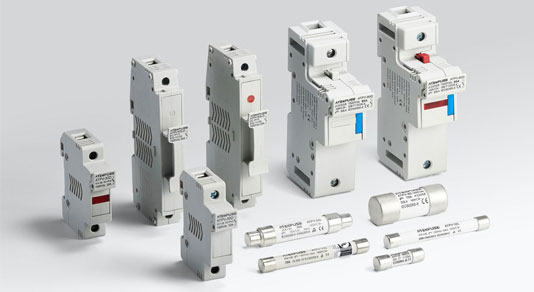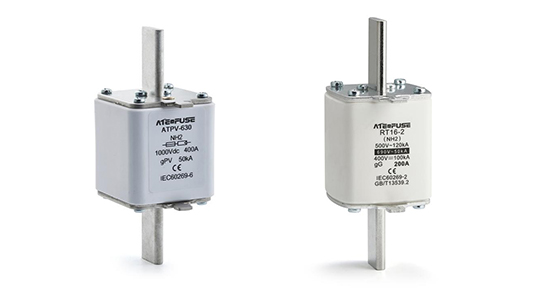The Hidden Battle of Currents: Understanding AC/DC Differences
Have you ever plugged a device into the wrong power source and watched it fail? Or wondered why some electrical systems need specialized protection? The answer lies in understanding the fundamental difference between alternating current (AC) and direct current (DC)—knowledge that could save your equipment from catastrophic failure.
At Aite Electric Technology, we've built our expertise around protecting both types of electrical systems. Let's break down the AC/DC distinction and why proper protection matters more than you might think.
The Core Difference: Direction Matters
Direct Current (DC) flows consistently in one direction, like a steady stream of water through a straight pipe. You'll find DC powering batteries, solar panels, electric vehicles, and electronic devices. It's the reliable, constant energy that makes portable electronics possible.
Alternating Current (AC) constantly changes direction, typically 50-60 times per second. This back-and-forth motion allows efficient transmission over long distances, which is why it powers our homes, offices, and industries.
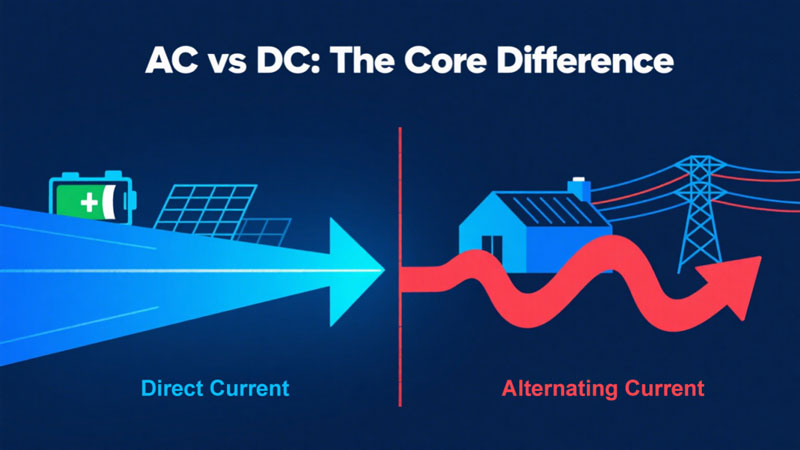
The key difference isn't just technical—it's practical. AC's alternating nature gives it natural zero points where current drops to zero, making it easier to interrupt during faults. DC has no such natural breaks, creating unique protection challenges.
Why Protection Can't Be One-Size-Fits-All
Using AC protection devices in DC circuits (or vice versa) leads to one of three outcomes:
1.Failure to interrupt: The protection device doesn't break the circuit properly
2.Dangerous arcing: Sustained electrical arcs can cause fires or explosions
3.Equipment damage: Sensitive electronics get destroyed by improper protection
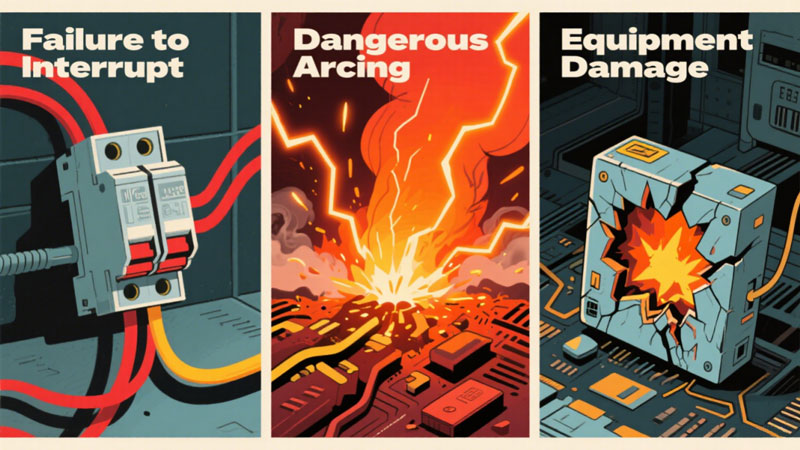
The risks are particularly high in modern applications like:
- Solar power systems (high-voltage DC)
- Electric vehicles and charging stations
- Energy storage systems
- Industrial controls and telecommunications
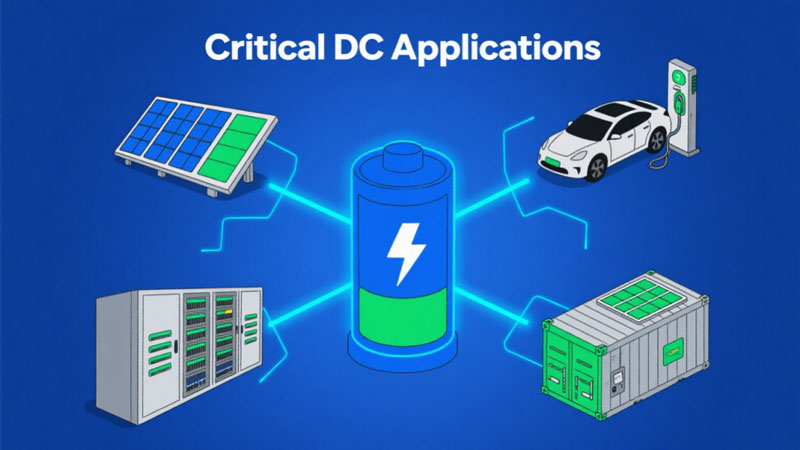
Smart Protection for Modern Challenges
This is where specialized protection becomes critical. At Aite Electric, we've developed targeted solutions for these exact challenges:
Photovoltaic Fuses - Specifically designed for solar applications where DC voltages can reach 1000-1500V. Our ATPV series handles these high-voltage DC environments with reliable arc-quenching technology.
EV and Charging Station Fuses - Electric vehicles present unique protection challenges with their high-energy battery systems. Our specialized EV fuses provide necessary protection for both vehicles and charging infrastructure.
Energy Storage System Fuses - As battery energy storage becomes increasingly common, proper protection for these energy-dense systems is crucial. Our ESS-rated fuses ensure safety in these critical applications.
What makes our approach different? We combine advanced manufacturing with rigorous testing. Our "fully automated production processes significantly improve product quality stability," and our products have "passed ISO9001, German TÜV, American UL, EU CE and other certifications."
The Bottom Line: Protection Matters
The invisible difference between AC and DC electricity becomes critically important when safety and equipment protection are concerned. As our world increasingly relies on both power types—from traditional AC grids to emerging DC applications—proper protection becomes non-negotiable.
At Aite Electric Technology, we've made it our mission to understand these differences intimately so we can provide optimal protection for both types of systems. With our comprehensive range of circuit protection devices and commitment to quality, we're helping power the world—safely and reliably.
Remember: when it comes to electrical protection, the right solution matters. Don't risk using AC protection in DC circuits or vice versa. Choose specialized protection designed for your specific application.
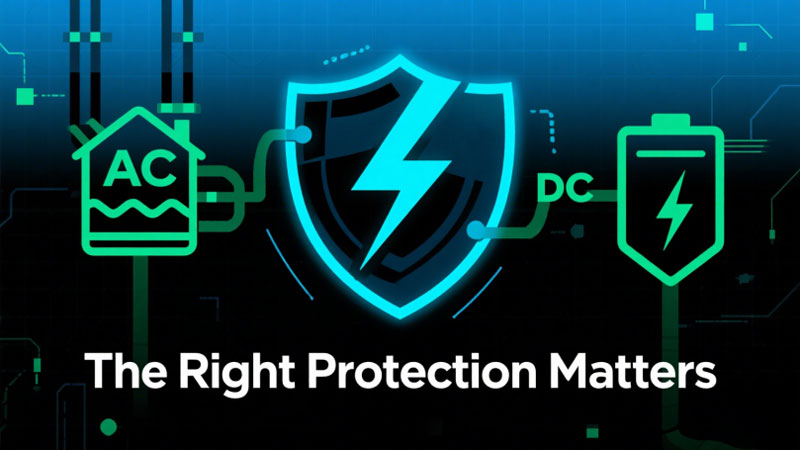
Explore our complete range of circuit protection solutions at www.aitefuse.com
Zhejiang Aite Electric Technology Co., Ltd. - Protecting Your Electrical World
